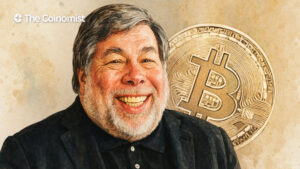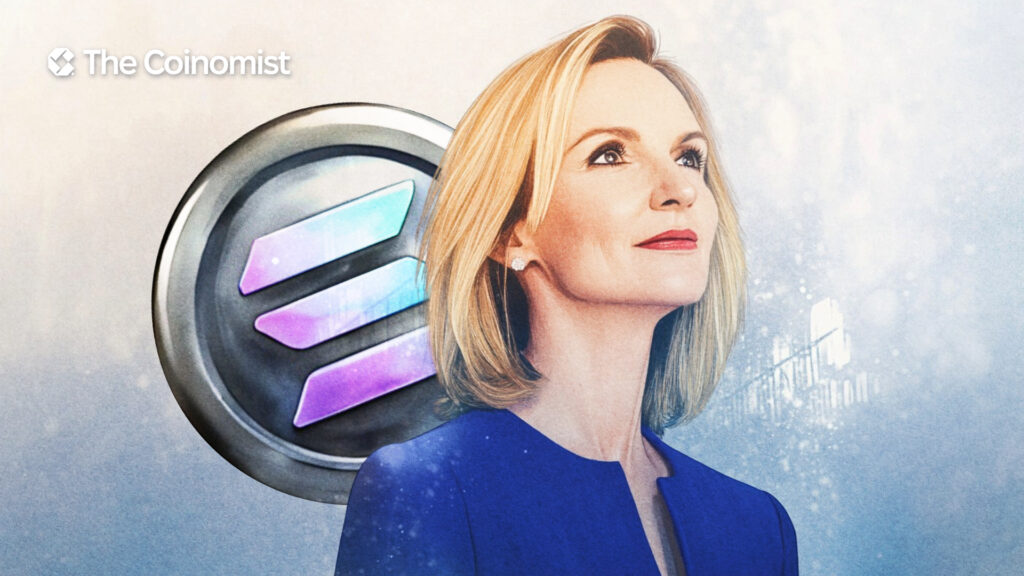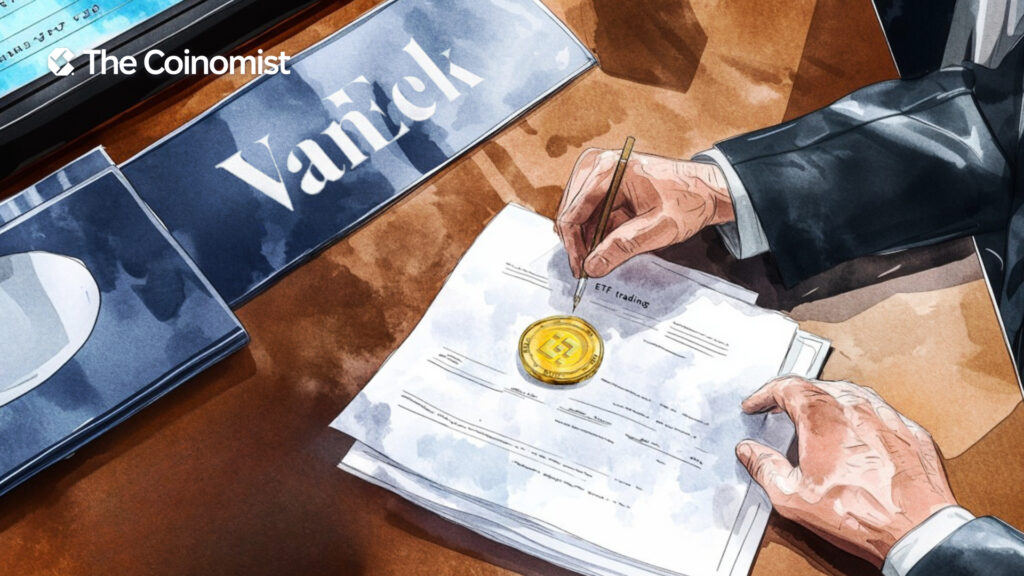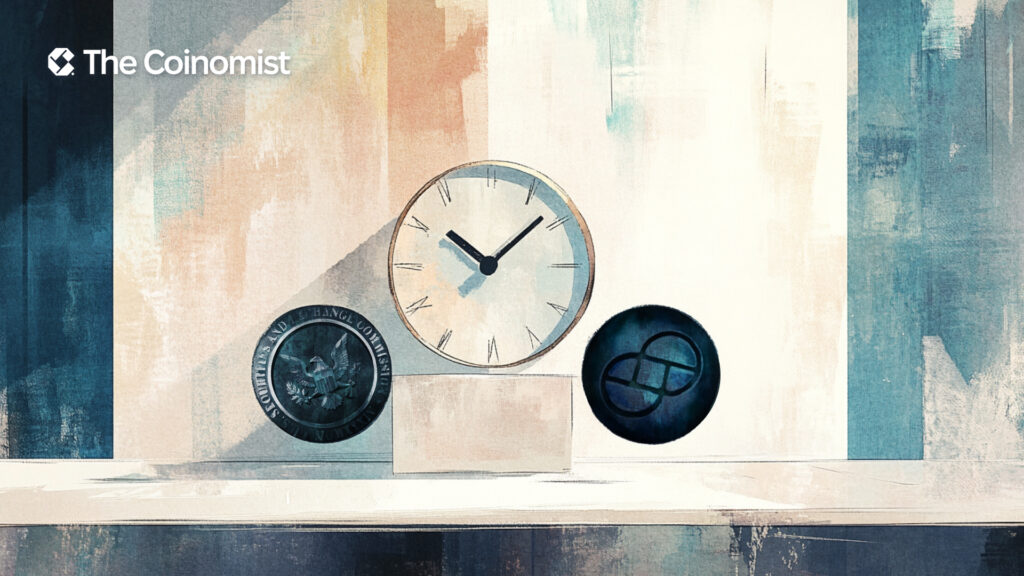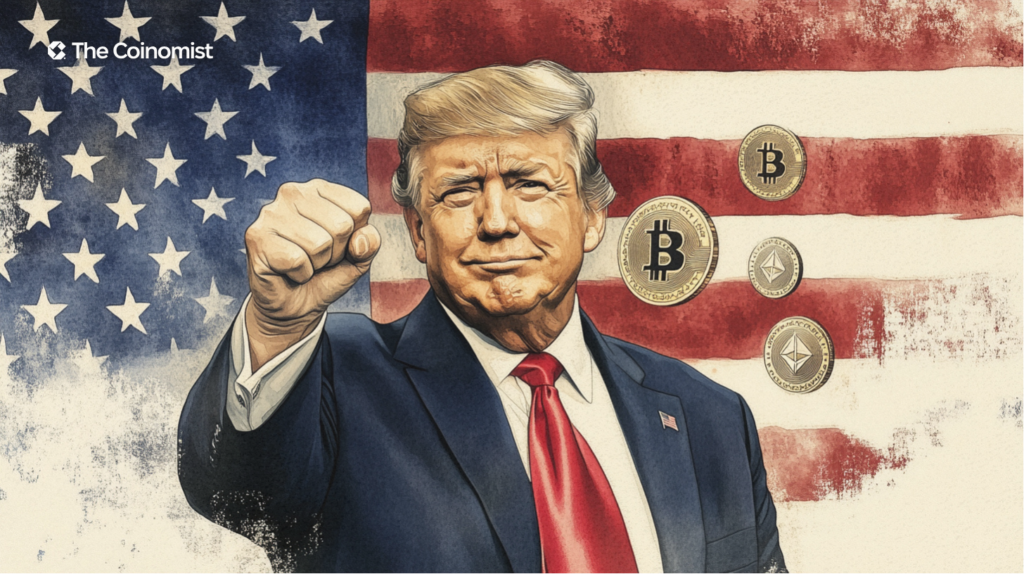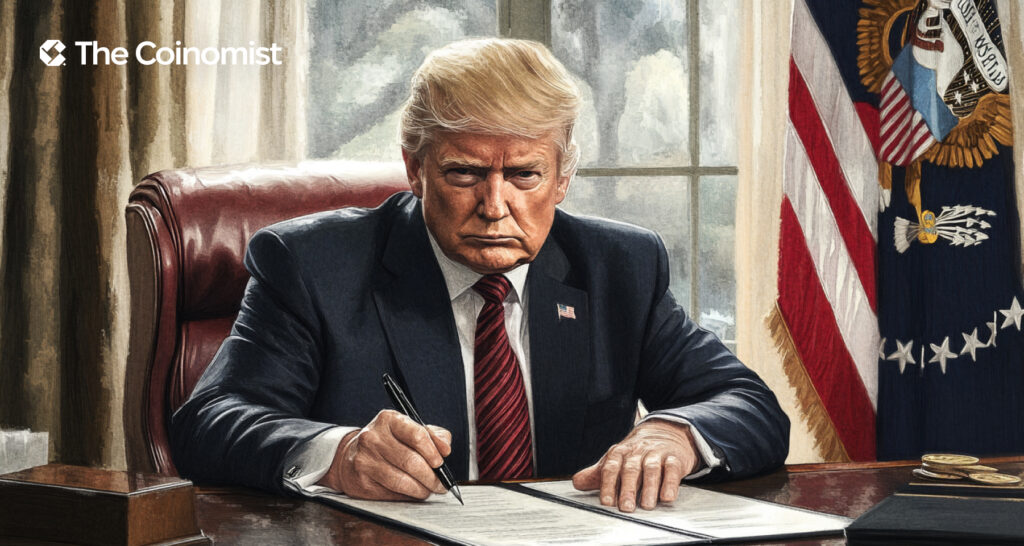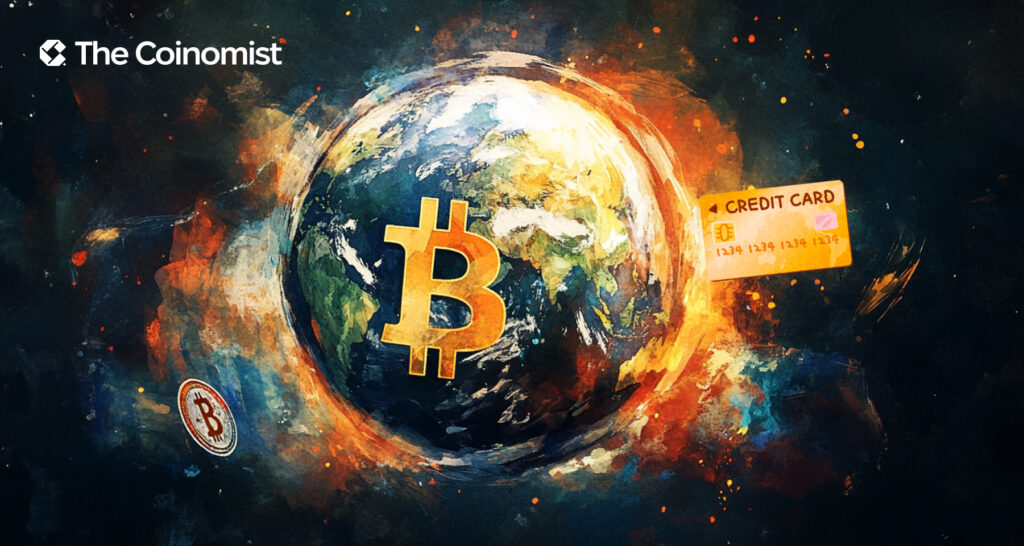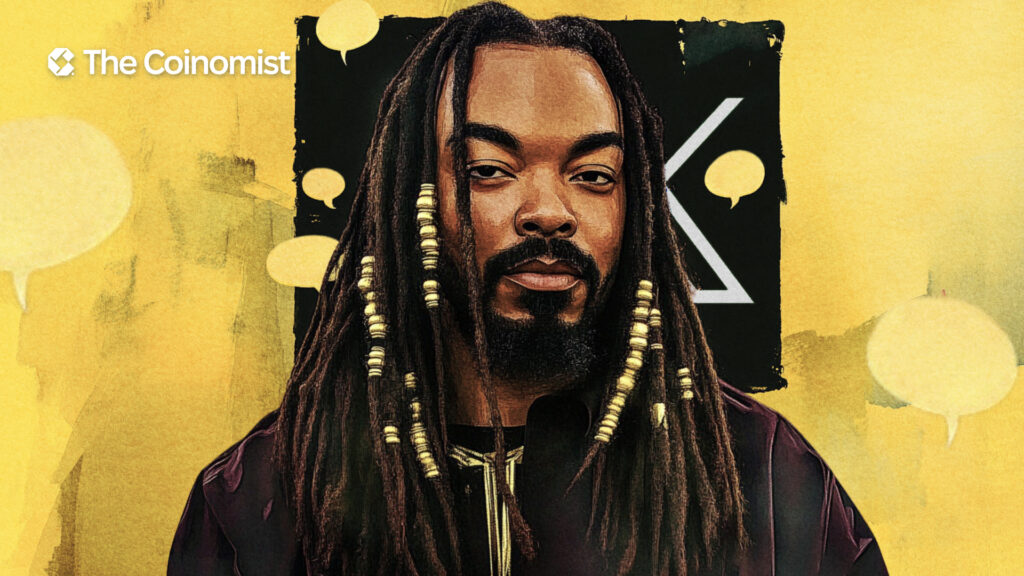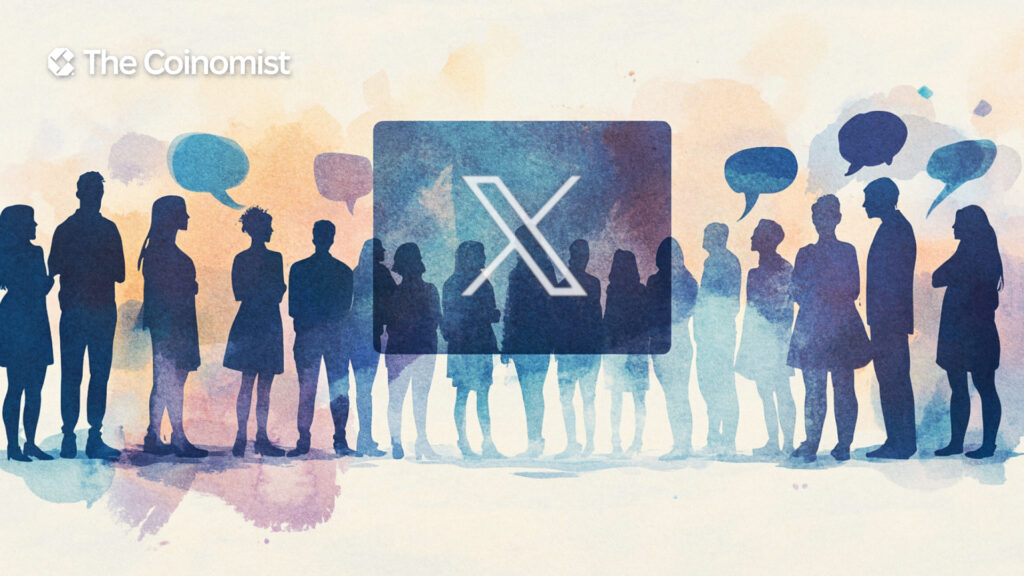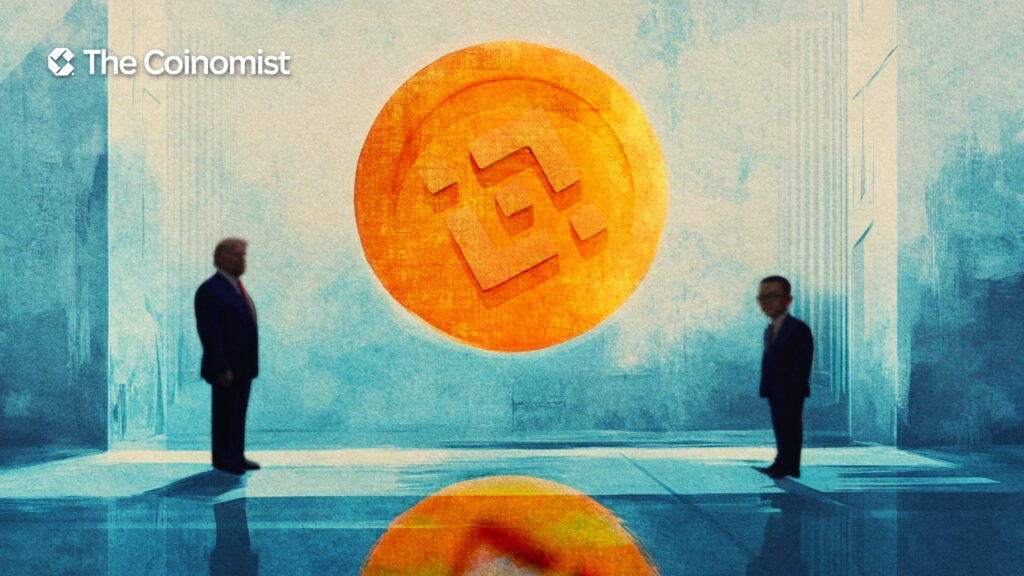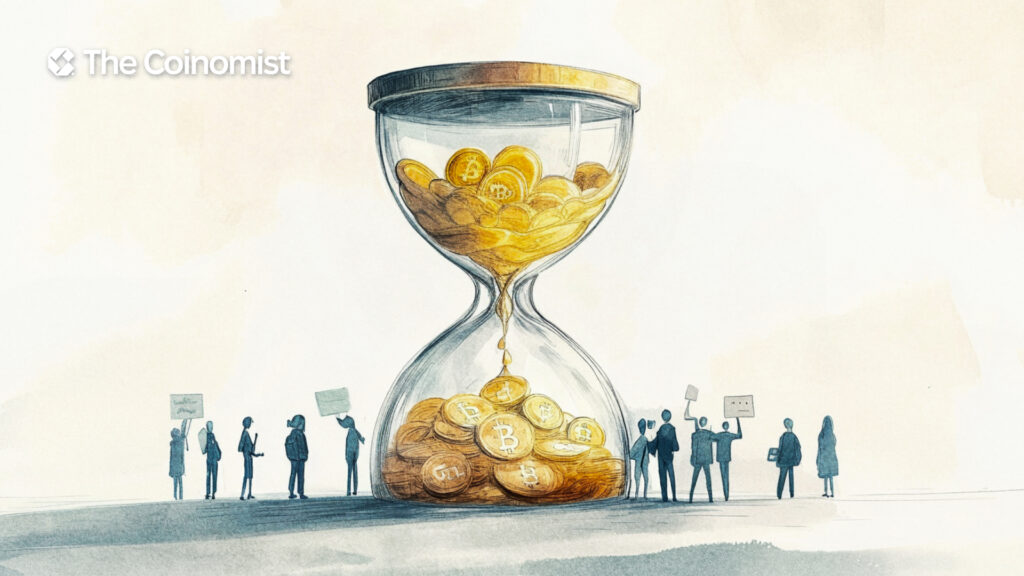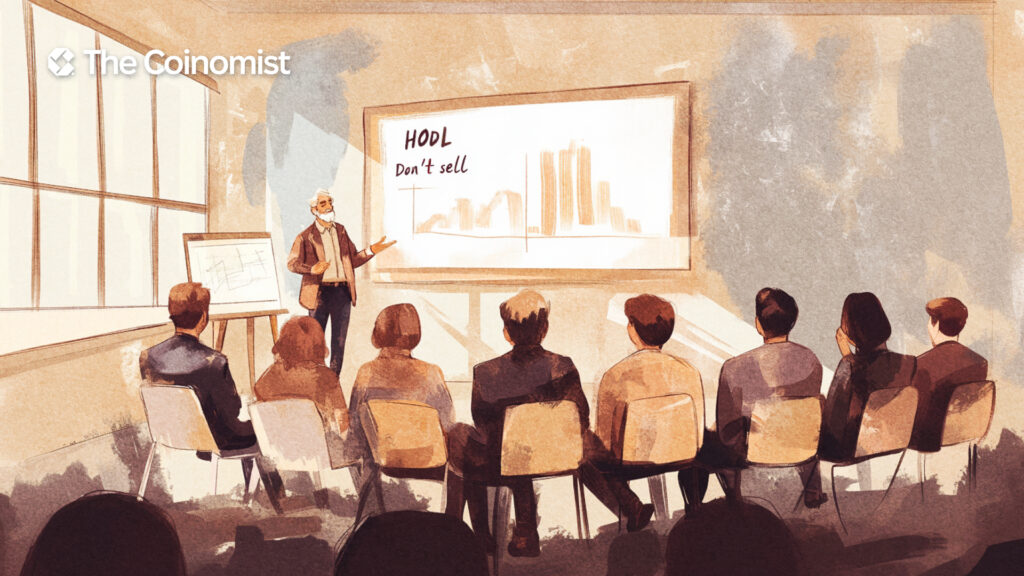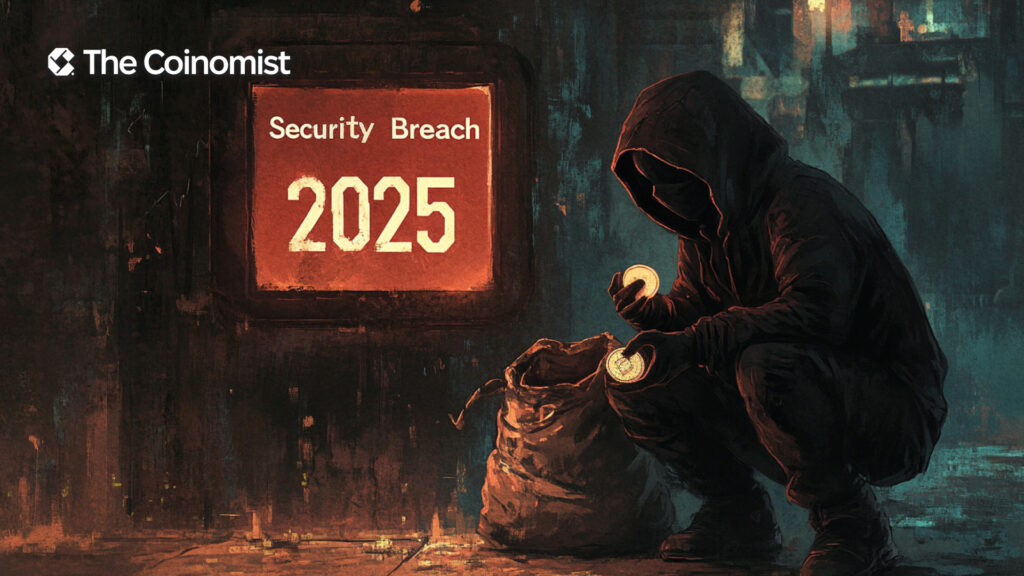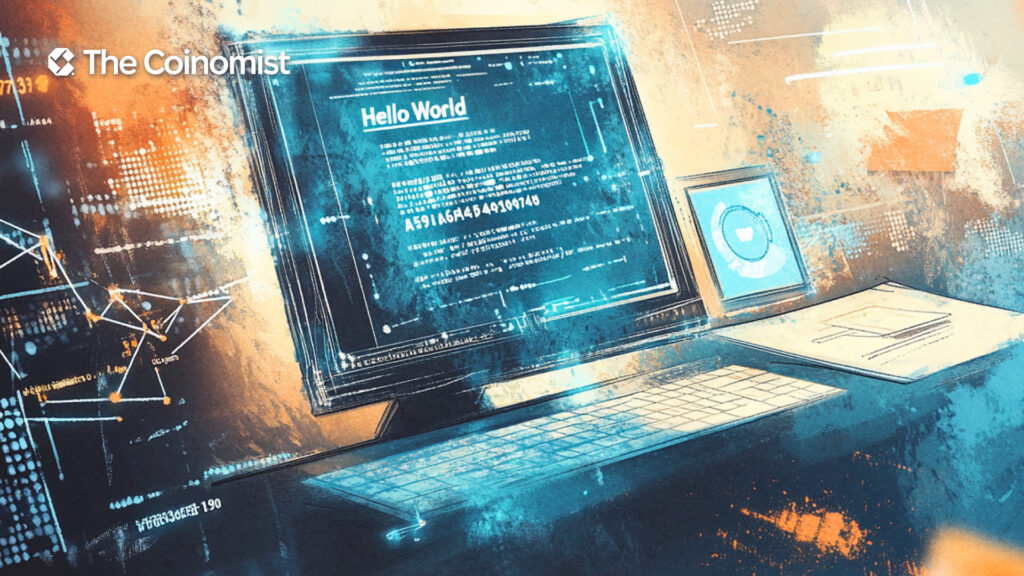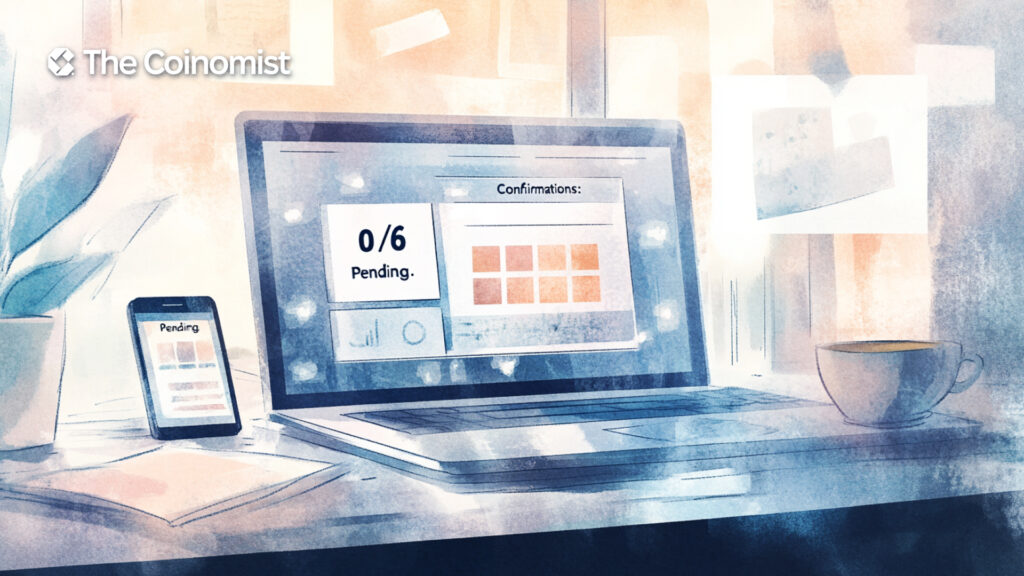David Schwartz: Ripple’s Mastermind Driving the Blockchain Future
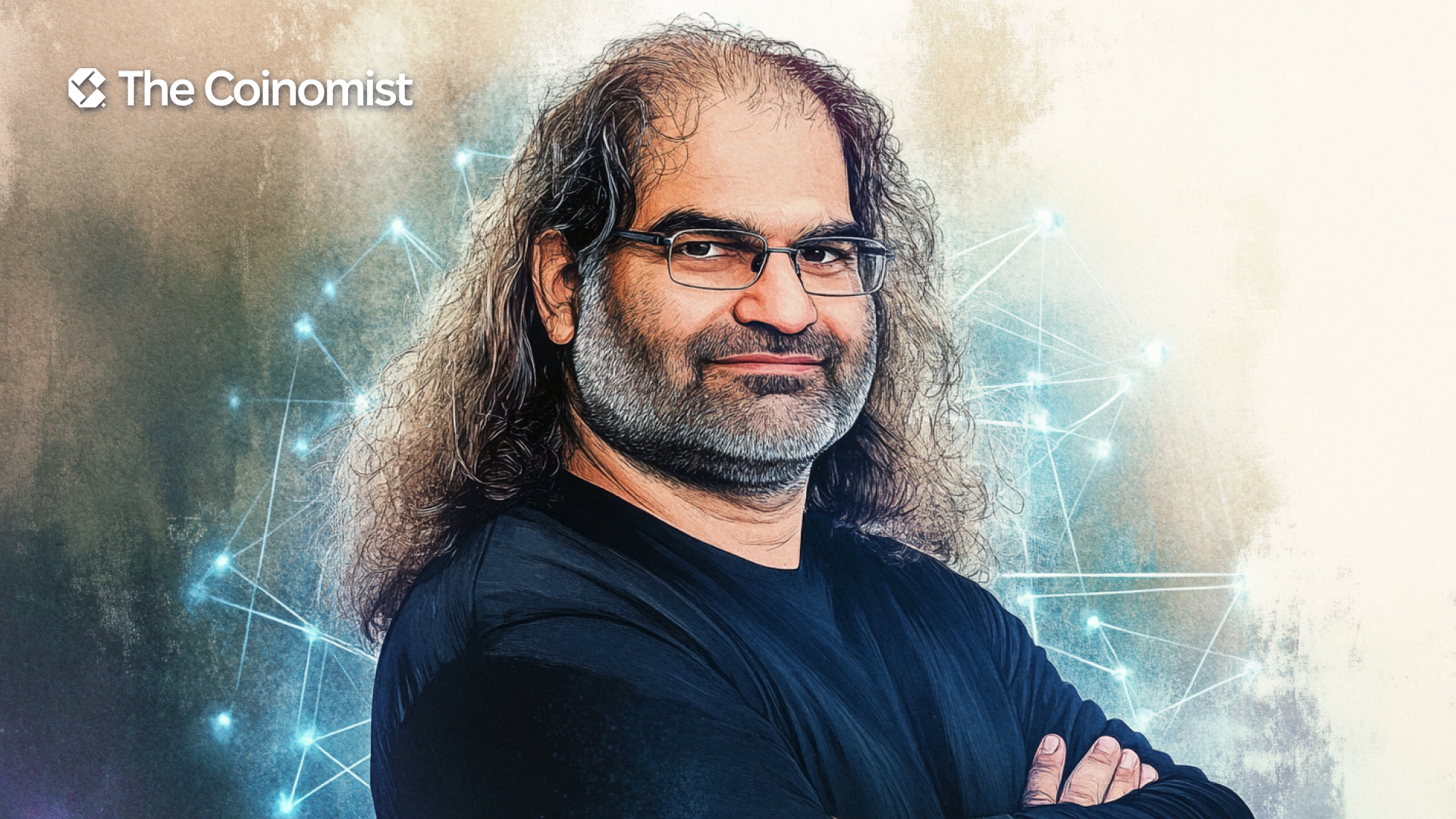
You may not know his name—but you’re already feeling his influence. Ripple’s CTO David Schwartz’s blockchain impact is in the code, not the noise.
On this page
- From Lock-Picking Kid to Barrier-Breaking Innovator
- The Rise of XRP — Reinventing Bitcoin’s Blueprint
- The First Cracks — Was XRP Ever Truly Decentralized?
- Ripple vs SEC: A Five-Year Legal Battle
- Where It All Unraveled
- Schwartz Builds While the Fight Rages On
- Ripple Secures Major Legal Win
- David Schwartz’s Legacy: A Crypto Trailblazer Without the Fortune
- The Silent Architect of Crypto’s Future
He’s no flamboyant billionaire, nor a loudmouth prophet of Twitter. Unlike Elon Musk or Jack Dorsey, he doesn’t draw headlines or cult followings.
And yet, he is the quiet force behind one of the most dissected blockchain projects — the XRP Ledger (XRPL). He’s the strategist who stood firm as Ripple faced one of the most pivotal courtroom battles in crypto’s history.
From his early days as a cryptographer at the NSA to becoming a central figure in Ripple’s clash with the SEC, his story is one of resilience, innovation, and quiet rebellion. In building a tool to dismantle the old financial guard, David Schwartz unwittingly became a symbol of crypto’s defiance — and its growing pains.
Ripple’s drawn-out legal showdown with the SEC may be over, but one story still deserves the spotlight — that of David Schwartz, the quiet force who helped lead the company through its most uncertain times.
From Lock-Picking Kid to Barrier-Breaking Innovator
David Schwartz’s drive to dismantle barriers — tangible or conceptual — began in childhood. On Long Island, he was the kid with a screwdriver, quietly unlocking the mysteries behind doorknobs and deadbolts.
“The function of a doorknob,” he once said, “is to control movement between two spaces,” Schwartz once said. “It’s a gateway, a barrier, an obstacle. It’s control. When that barrier goes away, you understand it.”
This early instinct to dismantle and understand systems would later define his approach to cryptocurrency itself.
As a teenager, he dove into programming with the same intensity. He earned his degree in electrical engineering from the University of Houston in 1990. By 1991, he had patented a distributed computer system — a forward-looking invention that captured the essence of blockchain long before the world had a name for it.
His early career took root in cryptography, cloud architecture, and digital security. In the 2000s, Schwartz even worked alongside the NSA, helping to weave public key infrastructure (PKI) into secure systems — a cryptographic cornerstone still used today.
But behind the engineer’s badge was a provocateur. A restless thinker who began to question the entire structure of centralized finance — and what it meant to truly own your money.
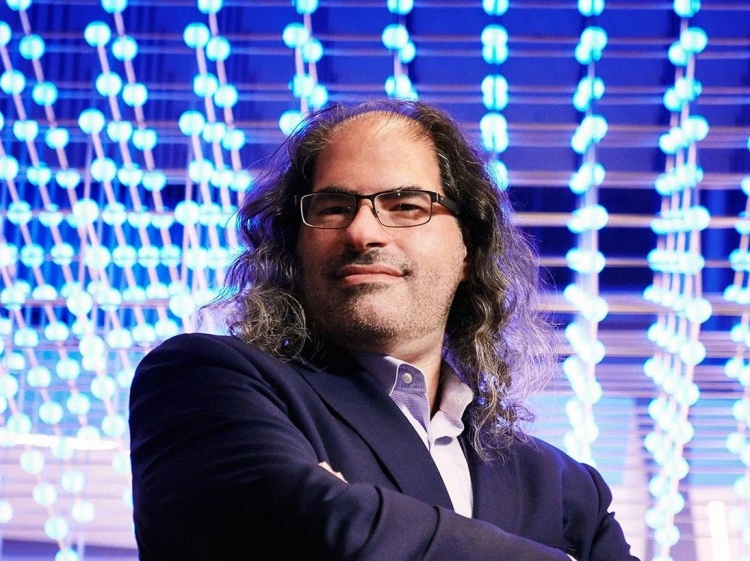
The Rise of XRP — Reinventing Bitcoin’s Blueprint
When David Schwartz first encountered Bitcoin in 2011, he was enthralled by its decentralized promise — and immediately struck by its limitations: slow transactions, excessive energy use from mining, and a lack of scalability.
That same year, he met Jed McCaleb — the controversial founder of Mt. Gox. Sharing ideas over coffee, McCaleb suggested a new vision: what if there were a better Bitcoin? One without mining. One where transactions happened almost instantly.
That conversation struck a chord with Schwartz. He started coding right away, and within months, laid the foundation for what would become the XRP Ledger (XRPL).
A year later, Chris Larsen — a fintech entrepreneur with a sharp eye for disruption — joined the team. Ripple was born.
Their aim? Replace SWIFT — the slow, expensive network moving trillions in global bank transfers. Ripple’s promise: instant, almost-free transactions, with XRP acting as the bridge between fiat currencies.
By 2015, Ripple had secured pilot programs with some of the world’s biggest financial institutions — Santander, Standard Chartered, and Bank of America among them.
Yet doubts began to surface.
The First Cracks — Was XRP Ever Truly Decentralized?
Ripple’s design sparked controversy from day one. Unlike Bitcoin or Ethereum, which run on open, decentralized mining networks, XRP was fully pre-mined. A total of 100 billion tokens had been created upfront — a model that clashed with crypto’s core ethos.
Ripple defended its model as a trade-off for performance. Yet skeptics weren’t convinced — accusing the company of wielding excessive power and betraying the ideals of decentralization. To them, Ripple looked more like a bank than a blockchain.
David Schwartz spent years trying to shift that narrative. He oversaw the steady inclusion of independent validators, aiming to loosen Ripple’s grip on the network’s core.
Still, the doubts lingered. And in 2020, the simmering debate boiled over into a full-blown regulatory storm.
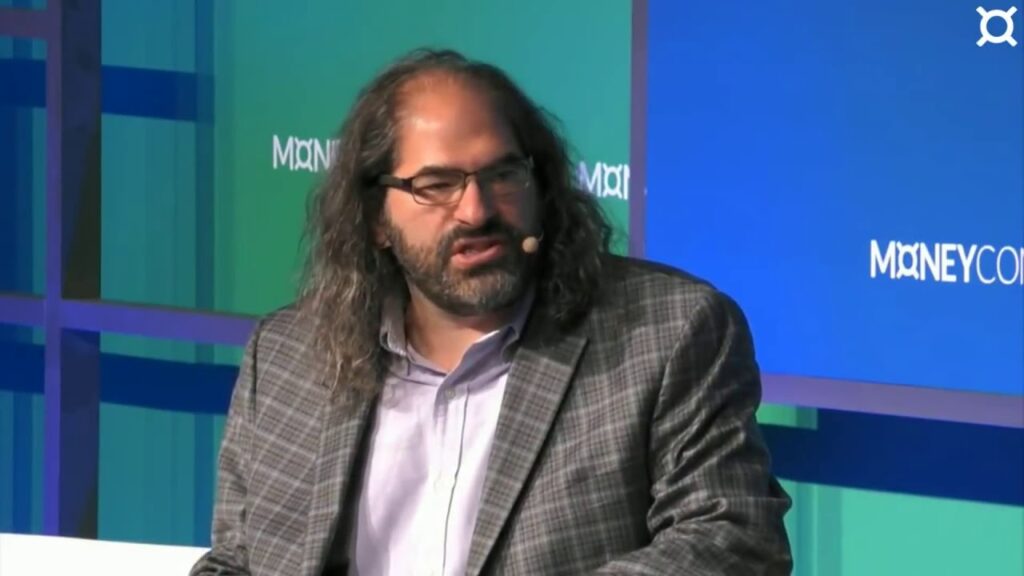
Ripple vs SEC: A Five-Year Legal Battle
Where It All Unraveled
December 22, 2020 — a date Ripple would never forget. That day, the SEC accused the company of selling XRP as an unregistered security.
For David Schwartz, it was the nightmare scenario made real.
Exchanges delisted XRP within hours. U.S. users were locked out. Banking partners pulled back.
The company’s dream of disrupting SWIFT? Hanging by a thread.
Few believed Ripple could survive the fallout.
Schwartz Builds While the Fight Rages On
Ripple CEO Brad Garlinghouse was in the courtroom. Schwartz was in the code.
As the SEC brought legal heat, David Schwartz focused on growing RippleNet’s footprint — far from U.S. regulatory gridlock.
By 2023, Ripple had locked in over 1,000 institutional deals, dominating in Asia, the Middle East, and Latin America.
Ripple Secures Major Legal Win
July 2023 delivered a moment of clarity — the court ruled that XRP was not a security in secondary market transactions.
It wasn’t the end, but it was the beginning of the end. The SEC held its ground.
For twenty more months, the legal duel continued, until March 19, 2025, when the SEC finally stood down.
For David Schwartz, it was a long-awaited victory. Ripple didn’t just survive the ordeal — it grew into a dominant global payments company, overcoming every legal and regulatory hurdle in its path.

David Schwartz’s Legacy: A Crypto Trailblazer Without the Fortune
Despite co-creating XRP — one of the most valuable digital assets in history — David Schwartz never became a billionaire.
Rather than amassing XRP, he opted for a regular salary and held just 2% of Ripple shares. Looking back, he called it a mistake.
But Schwartz wasn’t in it for the money.
In 2024, he admitted he’s still at Ripple for one reason: it’s fun.
If the fun stops, I’ll leave,
and meant it.
With the shadow of the SEC finally lifted, one question remains: where does David Schwartz go from here?
Does he retreat, satisfied with what he’s built?
Or does he step into the next arena — not legal, but technological — to face off against Ethereum, stablecoins, and CBDCs in a high-stakes race for global influence?
There’s no doubt about it — David Schwartz dismantled a legacy financial barrier, clearing the way for a crypto revolution that might otherwise have stalled at the gates.
He remains one of the defining voices in global finance.
The Silent Architect of Crypto’s Future
He never needed to shout to be heard — David Schwartz let the code speak.
From his childhood obsession with locks to a career spent dismantling financial barriers, Schwartz has always been driven by the idea of access.
And today, in a world where payments move at the speed of code, his once-impossible dream has quietly become reality.
The content on The Coinomist is for informational purposes only and should not be interpreted as financial advice. While we strive to provide accurate and up-to-date information, we do not guarantee the accuracy, completeness, or reliability of any content. Neither we accept liability for any errors or omissions in the information provided or for any financial losses incurred as a result of relying on this information. Actions based on this content are at your own risk. Always do your own research and consult a professional. See our Terms, Privacy Policy, and Disclaimers for more details.



